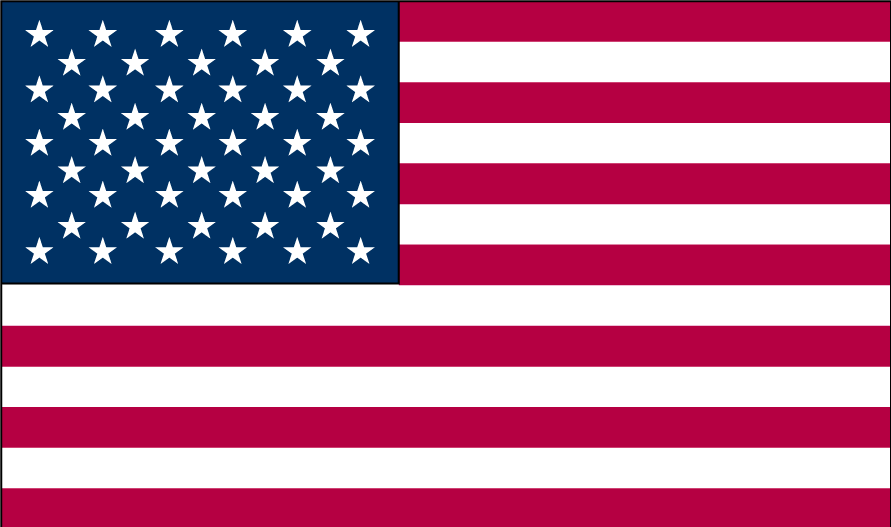September 3, 2015 in News by RBN
Since the end of World War Two the Central Intelligence Agency has been a major force in US and foreign news media, exerting considerable influence over what the public sees, hears and reads on a regular basis. CIA publicists and journalists alike will assert they have few, if any, relationships, yet the seldom acknowledged history of their intimate collaboration indicates a far different story–indeed, one that media historians are reluctant to examine.
When seriously practiced, the journalistic profession involves gathering information concerning individuals, locales, events, and issues. In theory such information informs people about their world, thereby strengthening “democracy.” This is exactly the reason why news organizations and individual journalists are tapped as assets by intelligence agencies and, as the experiences of German journalist Udo Ulfkotte (entry 47 below) suggest, this practice is at least as widespread today as it was at the height of the Cold War.
Consider the coverups of election fraud in 2000 and 2004, the events of September 11, 2001, the invasions Afghanistan and Iraq, the destabilization of Syria, and the creation of “ISIS.” These are among the most significant events in recent world history, and yet they are also those much of the American public is wholly ignorant of. In an era where information and communication technologies are ubiquitous, prompting many to harbor the illusion of being well-informed, one must ask why this condition persists.
Further, why do prominent US journalists routinely fail to question other deep events that shape America’s tragic history over the past half century, such as the political assassinations of the 1960s, or the central role played by the CIA major role in international drug trafficking?
Popular and academic commentators have suggested various reasons for the almost universal failure of mainstream journalism in these areas, including newsroom sociology, advertising pressure, monopoly ownership, news organizations’ heavy reliance on “official” sources, and journalists’ simple quest for career advancement. There is also, no doubt, the influence of professional public relations maneuvers. Yet such a broad conspiracy of silence suggests another province of deception examined far too infrequently—specifically the CIA and similar intelligence agencies’ continued involvement in the news media to mold thought and opinion in ways scarcely imagined by the lay public.
The following historical and contemporary facts–by no means exhaustive–provides a glimpse of how the power such entities possess to influence if not determine popular memory and what respectable institutions deem to be the historical record.
- The CIA’s Operation MOCKINGBIRD is a long-recognised keystone among researchers pointing to the Agency’s clear interest in and relationship to major US news media. MOCKINGBIRD grew out of the CIA’s forerunner, the Office for Strategic Services (OSS, 1942-47), which during World War Two had established a network of journalists and psychological warfare experts operating primarily in the European theatre.
- Many of the relationships forged under OSS auspices were carried over into the postwar era through a State Department-run organization called the Office of Policy Coordination (OPC) overseen by OSS staffer Frank Wisner.
- The OPC “became the fastest-growing unit within the nascent CIA,” historian Lisa Pease observes, “rising in personnel from 302 in 1949 to 2,812 in 1952, along with 3,142 overseas contract personnel. In the same period, the budget rose from $4.7 million to $82 million.” Lisa Pease, “The Media and the Assassination,” in James DiEugenio and Lisa Pease, The Assassinations: Probe Magazine on JFK, MLK, RFK and Malcolm X, Port Townsend, WA, 2003, 300.
- Like many career CIA officers, eventual CIA Director/Director of Central Intelligence (DCI) Richard Helms was recruited out of the press corps by his own supervisor at the United Press International’s Berlin Bureau to join in the OSS’s fledgling “black propaganda” program. “‘[Y]ou’re a natural,” Helms’ boss remarked. Richard Helms, A Look Over My Shoulder: A Life in the Central Intelligence Agency, New York: Random House, 2003, 30-31.
- Wisner tapped Marshall Plan funds to pay for his division’s early exploits, money his branch referred to as “candy.” “We couldn’t spend it all,” CIA agent Gilbert Greenway recalls. “I remember once meeting with Wisner and the comptroller. My God, I said, how can we spend that? There were no limits, and nobody had to account for it. It was amazing.” Frances Stonor Saunders, The Cultural Cold War: The CIA and the World of Arts and Letters, New York: The New Press, 2000, 105.
MORE...



No comments:
Post a Comment